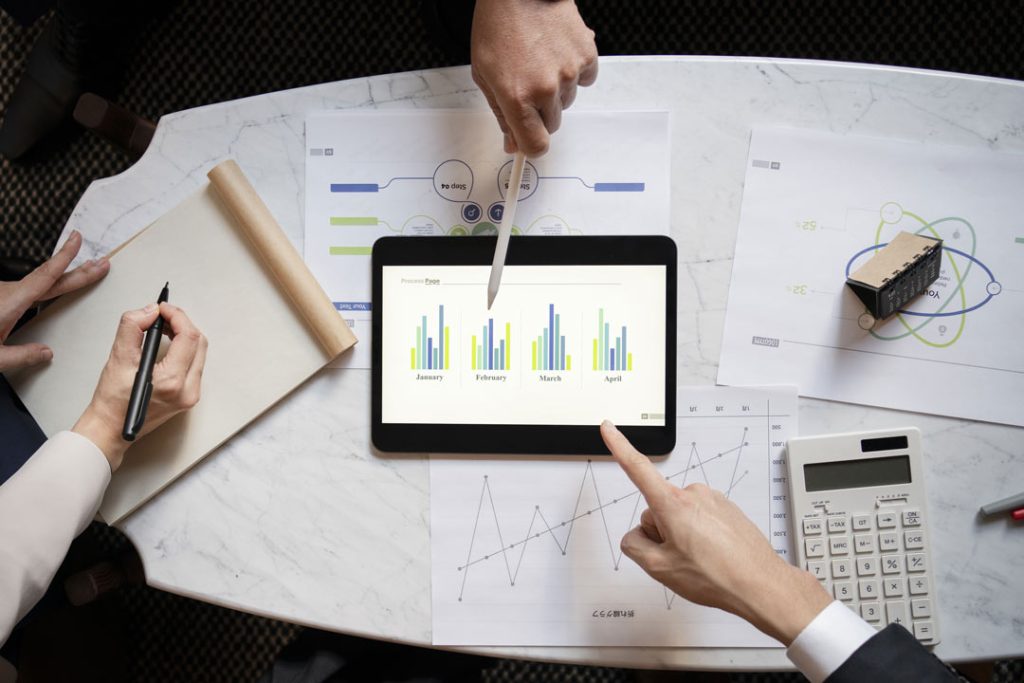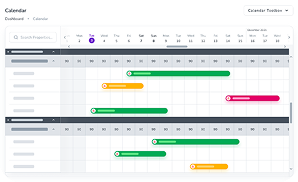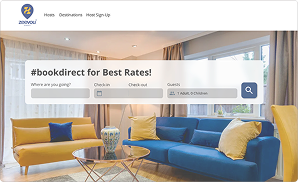The sharing economy has revolutionised the travel industry. At the forefront of this change is Airbnb, a platform that allows individuals to rent out their homes or rooms to travellers. Over 4 million hosts have 6 million listings on Airbnb. As the platform continues to grow in popularity, there’s an increasing interest in understanding Airbnb data to make informed decisions for both hosts and guests. In this article, we’ll guide you through the process of analysing Airbnb data to help you make better choices. We will show you some easy-to-follow steps to learn how to analyse Airbnb data on your own.
Airbnb Data: What Is It?
Airbnb data refers to information collected and stored by the Airbnb platform. Such information includes details about listings, bookings, reviews, pricing, and occupancy rates. This data usually gets analysed for the following purposes: to gain insights into consumer behaviour, market trends, and the economic impact of short-term rentals. Not only property managers and investors, but also researchers, policymakers, and other stakeholders use this data to make informed decisions and improve their offerings.
Analysing Airbnb Data: Why Does It Matter?
Analysing Airbnb data involves examining and interpreting information related to the platform’s listings, bookings, reviews, pricing, and occupancy rates. With over 6 million listings worldwide, Airbnb has become one of the most popular platforms for booking vacation rentals. Analysing Airbnb data is important for several reasons:

1. Understanding Guest Behaviour
Property managers and business owners can gain insights into what their target market is looking for in a short-term rental. This can help them tailor their offerings to meet customer needs and preferences.
2. Identifying Market Trends
Airbnb data provides insights into vacation rental market trends, such as popular locations, demanded properties, and what amenities guests are looking for the most.
3. Improving Pricing Strategies
A careful study into Airbnb data helps vacation rental businesses gain insights into pricing strategies that work best for their properties. This can help them optimise pricing to maximise revenue and occupancy rates.
4. Informing Policy Decisions
Policymakers can use Airbnb data to better understand the impact of short-term rentals on local economies and housing markets. Their regulations and policies will affect the industry.
How to Analyse Airbnb Data
1. Define Your Research Question
Before diving into the data, it’s important to have a clear research question in mind. This will help guide your analysis and ensure that you are focusing on relevant data.
2. Gathering Airbnb Data
Before starting the analysis process, you’ll need access to Airbnb data. Several sources can provide this information, with some of the most popular ones listed below:
Inside Airbnb:
A website that offers free, publicly available data on Airbnb listings for numerous cities around the world. The data gets updated regularly and includes information on listings, hosts, reviews, and more.
Airbnb API:
Airbnb provides an Application Programming Interface (API) that allows authorised users to access data from their platform. The API enables developers to retrieve in-depth information such as property listings, booking details, host information, reviews, and more.

Scraper Tools:
Web scraping tools can be used to sift through databases and extract data from Airbnb listings. These tools automate the process of retrieving information from web pages, including property details, pricing, availability, and guest reviews. However, make sure to review and comply with Airbnb’s terms of service and scraping policies.
Third-Party Services:
There are, in fact, third-party services and tools available that specialise in gathering and analysing Airbnb data. These services may offer features like market analytics, competitor analysis, and performance metrics to help hosts make informed decisions and optimise their listings. Some of these third-party service providers are AirDNA, Mashvisor, and Beyond Pricing – to name a few.
Surveys and Research:
Conducting surveys or participating in research studies focused on the Airbnb market can provide valuable insights. Researchers often collect data on various aspects such as guest preferences, host experiences, and market trends, which can contribute to a broader understanding of the platform.
Note:
Remember, when gathering Airbnb data, it’s important to respect user privacy and comply with applicable data protection regulations. Additionally, always review and adhere to Airbnb’s terms of service and any restrictions they have in place regarding data usage.
3. Cleaning and Preprocessing Data
Once you have the data, it’s essential to clean and preprocess it for analysis. This process may include:
- Importing the Airbnb data into a data analysis tool or programming environment like Python or R.
- Removing duplicate, irrelevant, or redundant entries
- Handling missing or inconsistent data
- Converting data types (e.g., converting dates to a standard format)
- Performing text cleaning tasks if you have text-based columns, such as property descriptions or reviews
- Creating new variables (e.g., calculating the distance from a listing to popular attractions)
- Identifying and handling outliers in numerical variables
- Normalising or scaling numerical variables to ensure they are on a similar scale
- Verifying data integrity and double-checking for any inconsistencies, logical errors, or unexpected values

4. Exploratory Data Analysis (EDA)
EDA is the process of visually and statistically examining your data to uncover patterns, trends, and anomalies. Some key EDA techniques to consider when analysing Airbnb data include:
- Descriptive Statistics: Calculate measures like mean, median, and standard deviation to summarise the central tendency and dispersion of your data.
- Histograms: Visualise the distribution of continuous variables, such as price, review scores, or number of listings per host.
- Box Plots: Analyse the distribution and potential outliers for variables, like nightly rates or minimum stay requirements.
- Geographic Visualisations: Create maps to identify patterns in listing density, price, or popularity across different neighbourhoods or cities.
Exploratory Data Analysis Tools
Some of the most common data science tools used to create an EDA include:
- Python: Python is an interpreted, object-oriented programming language with dynamic semantics. Its high-level, built-in data structures, combined with dynamic typing and dynamic binding, make it highly appealing for swift application development, as well as for use as a scripting or glue language to connect existing components together. Python and EDA can be used in conjunction to identify missing values in a dataset, which is vital for determining how to handle missing values for machine learning purposes.
- R: An open-source programming language and free software environment for statistical computing and graphics, supported by the R Foundation for Statistical Computing. It is an open-source language extensively employed by statisticians in the field of data science for the purpose of creating statistical observations and conducting data analysis.
5. Inferential Statistics and Hypothesis Testing
After the EDA, you may want to test specific hypotheses or relationships within your data. Inferential statistics and hypothesis testing methods, such as t-tests, chi-squared tests, or regression analysis, can help you:
- Identify factors that impact listing prices, such as property type, location, or amenities.
- Determine if there are significant differences in average ratings between different neighbourhoods or listing types.
- Analyse the impact of seasonal trends on occupancy rates and pricing.

6. Machine Learning and Predictive Analytics
With a solid understanding of your Airbnb data, you can apply machine learning techniques to predict future outcomes or identify hidden patterns. Some potential applications for Airbnb data include:
- Price Optimisation: Develop a model to predict the optimal price for a listing, based on factors like location, property type, and availability.
- Recommendation Systems: Create personalised recommendations for guests based on their preferences, search history, and other users’ behaviour.
- Anomaly Detection: Identify unusual patterns in data, such as fraudulent listings or reviews, to maintain platform integrity and trust.
Concluding Remarks
Analysing Airbnb data can provide valuable insights for hosts, guests, and even urban planners or policymakers. By following the steps outlined in this article, you’ll be well on your way to uncovering the secrets hidden within Airbnb data. Analysing Airbnb data requires a combination of technical skills and domain knowledge. It’s important to approach the data with a critical eye and be aware of any biases or limitations in the data.
In the end, we hope you act more strategically in managing your Airbnb operations and gain valuable insights into this ever-evolving industry. Once you know all of them, you will gain the upper hand over other Airbnb owners and stay competitive in your area.


